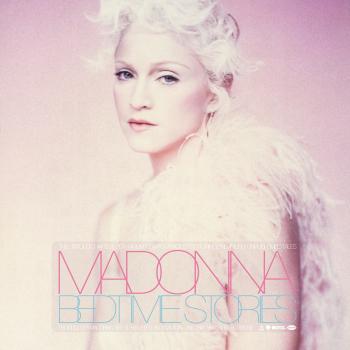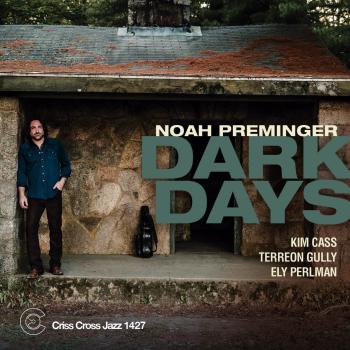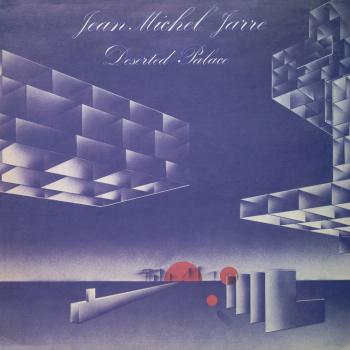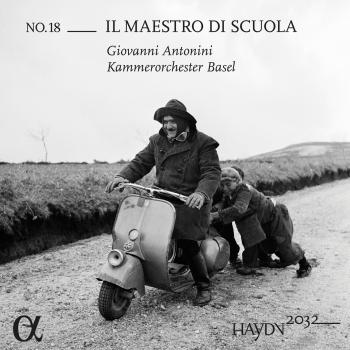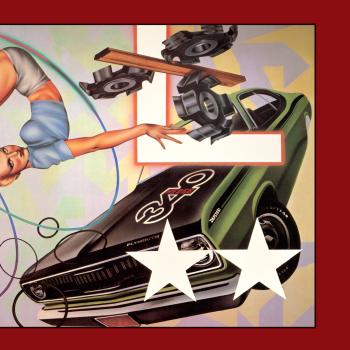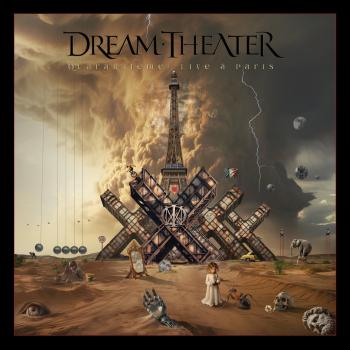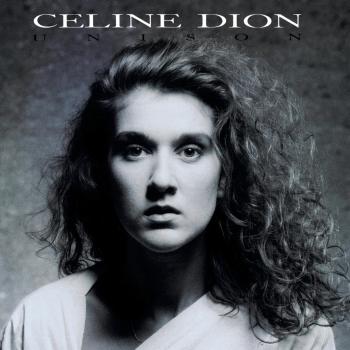
Two Headed Freap (Remastered) Ronnie Foster
Album Info
Album Veröffentlichung:
1972
HRA-Veröffentlichung:
02.05.2014
Label: CM BLUE NOTE (A92)
Genre: R&B
Subgenre: Funk
Interpret: Ronnie Foster
Komponist: Ronnie Foster
Das Album enthält Albumcover
Entschuldigen Sie bitte!
Sehr geehrter HIGHRESAUDIO Besucher,
leider kann das Album zurzeit aufgrund von Länder- und Lizenzbeschränkungen nicht gekauft werden oder uns liegt der offizielle Veröffentlichungstermin für Ihr Land noch nicht vor. Wir aktualisieren unsere Veröffentlichungstermine ein- bis zweimal die Woche. Bitte schauen Sie ab und zu mal wieder rein.
Wir empfehlen Ihnen das Album auf Ihre Merkliste zu setzen.
Wir bedanken uns für Ihr Verständnis und Ihre Geduld.
Ihr, HIGHRESAUDIO
- 1 Chunky 04:51
- 2 Drowning In The Sea Of Love 04:05
- 3 The Two-Headed Freap 04:20
- 4 Summer Song 05:18
- 5 Let's Stay Together 04:52
- 6 Don't Knock My Love 04:29
- 7 Mystic Brew 04:12
- 8 Kentucky Fried Chicken 04:59
Info zu Two Headed Freap (Remastered)
„Ronnie Foster's debut album „Two Headed Freap“ is a set of contemporary funky soul-jazz from the early '70s, which means it sounds closer to the soundtrack of a lost blaxploitation flick than Back at the Chicken Shack, Pt. 2. Foster certainly does display a debt to Jimmy Smith, but his playing is busier than Smith's and a bit wilder. Ironic, then, that his playing is in service to the groove and blends into the mix of wah-wah guitars, funk rhythms, electric bass, harps, and percolating percussion. Everything on Two Headed Freap is about glitzy groove -- it sounds cinematic, colorful, and funky. It's true that there is little real improvisation here and the songs all have a similar groove, but it's worked well, and the music is ultimately appealing to fans of this genre. Jazz purists -- even soul-jazz purists -- will likely find this music a little monotonous and commercial, but fans of early-'70s funk from Sly Stone to Herbie Hancock will find something of interest here.“ (Stephen Thomas Erlewine)
Ronnie Foster, organ
Gene Bertoncini, guitar
George Duvivier, bass
Gordon Edwards, bass
Jimmy Johnson, drums
Recorded at the Van Gelder Recording Studio on January 20 & 21, 1972
Digitally remastered
Ronnie Foster
Since his initial solo style favored funky vamps instead of risky improvisation, organist Ronnie Foster was frequently dismissed by jazz purists during the peak of his career in the first half of the '70s. However, he was a talented mainstream funk and soul-jazz keyboardist who managed to cultivate a successful career as a sideman (working frequently with George Benson, in particular) and producer during the late '70s, '80s, and '90s. Furthermore, his '70s records for Blue Note became cult items among a new generation of listeners raised on acid jazz. Even if he rarely led a session after 1979, Foster wound up playing some sort of a role in mainstream and funk-jazz during the '80s and '90s.
A native of Buffalo, New York, Foster learned to play piano as a child, being taught in the traditional classical style. However, jazz intrigued him more, and when he was a teenager he began to pursue that direction. Eventually, he attended a jam session where there was an organ in addition to a piano. After playing the organ, he decided to concentrate on the instrument. He listened to Jimmy Smith, gradually making his way to more adventurous players like Larry Young. A local Buffalo organist, Joe Madison, gave him advice, and Foster practiced regularly at a studio where he would rent a room with an organ for 60 cents an hour.
Eventually, Foster began playing local and New York clubs. He slowly built a following, playing with such musicians as Stanley Turrentine, Grant Green, and George Benson. By the early '70s, he had formed a group called Energy II. Grant Green had Foster play on his Alive album, and the organist's performance impressed the label's Dr. George Butler, who offered Foster a contract.
Ronnie Foster recorded The Two Headed Freap, his first album for Blue Note, in January of 1972. A funky set of soul-jazz, the album didn't receive much attention or critical praise, and neither did its follow-up, Sweet Revival, which was recorded in December of that year. He cut Live at Montreux in July of 1973, which was followed in 1974 by On the Avenue, and by Cheshire Cat in 1975 -- his final album for Blue Note. He then moved to Columbia, where he released Love Satellite in 1978 and Delight in 1979.
A session for Pro Jazz, entitled The Racer, followed a few years later, but Foster effectively retired from leading groups in the early '80s in order to concentrate on session work. During the '70s, he had played on numerous George Benson records, as well as records by Stevie Wonder, Roberta Flack, Earl Klugh, Jimmy Ponder, Stanley Clarke, and Lalo Schifrin. Throughout the '80s, Foster continued to play on a wide variety of sessions and eventually moved into production. Among the musicians he worked with in the '80s were Jimmy Smith, Klugh, Flack, Harvey Mason, Stanley Turrentine, David Sanborn, Djavan, and Grover Washington Jr. Foster continued the same path in the '90s, playing with many of the same musicians, as well as Lee Ritenour, Roland Vazquez, and the Temptations, among others. His own records were rediscovered by a new generation of listeners in the '90s as well, with several of his records used as source material for sample-heavy acid jazz and hip-hop records. (Stephen Thomas Erlewine)
Dieses Album enthält kein Booklet

